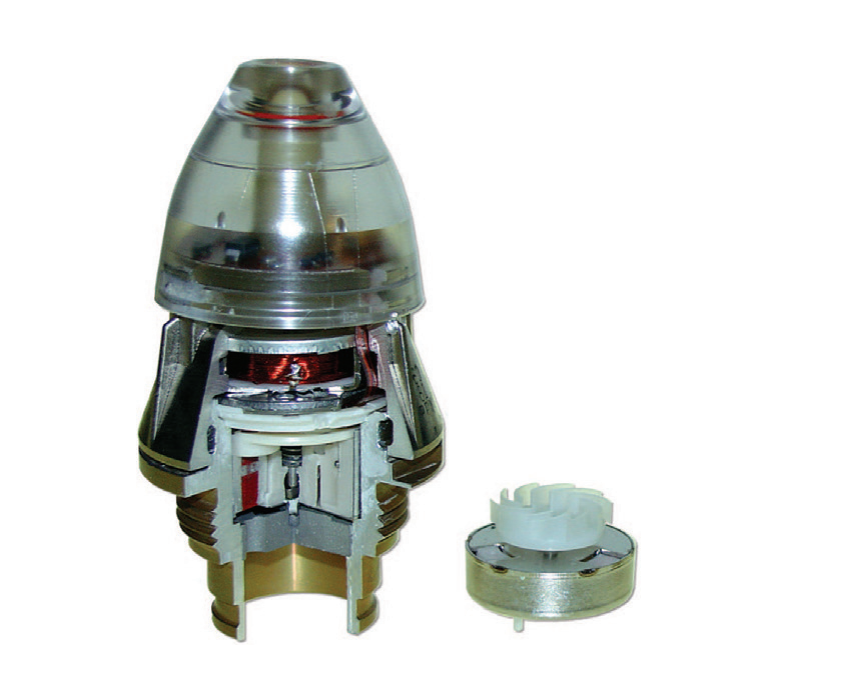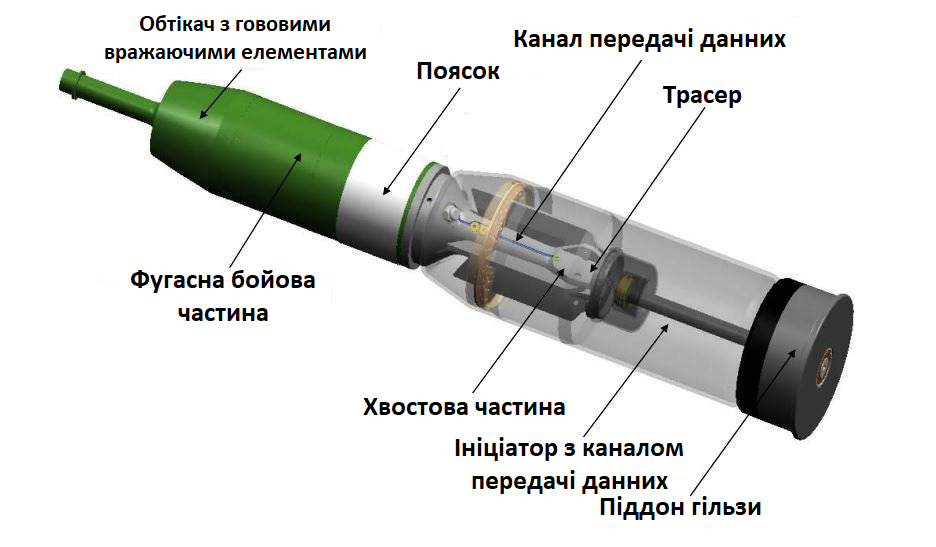Armed Forces of Ukraine Integrate Advanced M783 Fuzes for Enhanced Mortar Capabilities
21 December, 2023 M933A1 mortar rounds with M783 fuze. Photo credits: Weapons Illustrated Soldiers of the Armed Forces of Ukraine use U.S.-made M933A1 120mm mortar shells with M783 electronic point detonating/delay fuzes.
The photos were released by Weapons Illustrated on X (former Twitter). The mines are equipped with the M783 electronic fuze manufactured by L3 Harris. The fuze is standardized and can be mounted on 60-mm, 81-mm, and 120-mm mines that meet NATO standards.
The fuze has several modes of operation: 60/81 PRX mode for radio detonation at a height of two meters, 120 PRX for radio detonation at a height of four meters, IMP for fragmentation effect, and DLY for high explosive effect. Radio detonation, unlike contact detonation, provides more effective target destruction due to the increased radius of fragments.
 M783 fuzes. Source: L3 Harris
M783 fuzes. Source: L3 Harris
The principle of operation may differ from model to model, but basically it is based on receiving a radio signal reflected from the target: the fuze sensor is a radar.
In November, Militarnyi reported that Ukrainian Leopard 2s were armed with improved Mk 324 120mm programmable shells. Based on the documents and markings, it is likely that the Ukrainian military received Mk 324 shells from the United States. The DM11/Mk 324 projectile is equipped with a programmable timer fuze.
After charging, the electronic fuze is programmed to detonate at a time interval determined by the crew when the munition flies over the specified coordinates.
 Scheme of the German DM11 120mm HE tank round.
Scheme of the German DM11 120mm HE tank round.
Photo from open sources
Therefore, the crew can set the detonation point in terms of height and distance to achieve an explosion in front of, behind, or even above the target.
The DM11 is superior to most Western multi-purpose munitions in terms of effectiveness, as it was not designed to compromise on armor-piercing qualities.